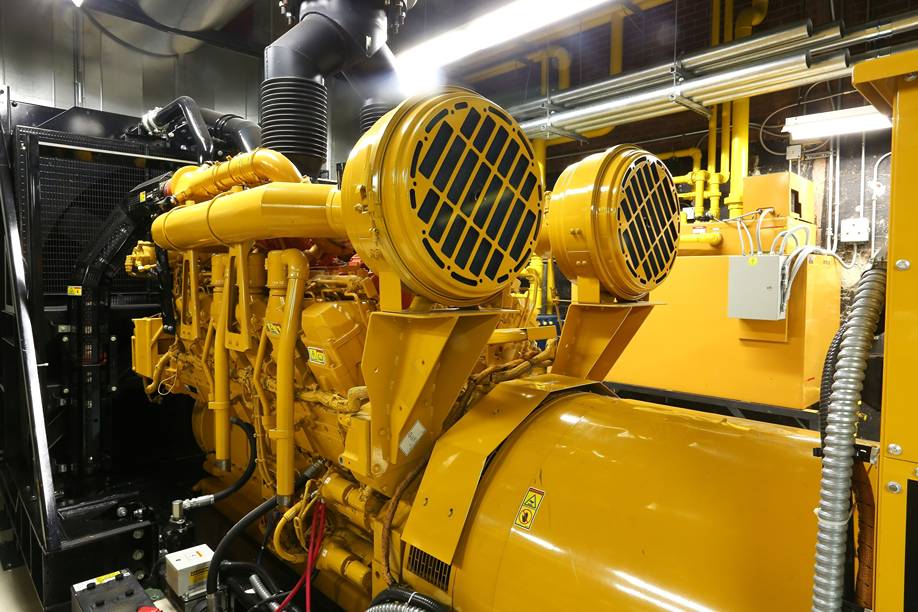Screws and nails are both commonly used to create connections in various applications, but they have different characteristics and uses. Here are some key points to consider when comparing screws and nails:
- Holding Power: Screws generally provide a stronger holding power compared to nails. This is because screws create threads within the material they are driven into, creating a tight and secure connection. Nails, on the other hand, rely on friction and the shape of the nail to hold the materials together.
- Removal: Screws are designed to be easily removed using a screwdriver or power drill, making them more convenient if you need to disassemble or replace parts. Nails, once driven in, can be challenging to remove without damaging the surrounding materials.
- Shear Strength: Screws are typically better suited for applications that require resistance to shear forces. The threads of the screw provide more surface area, which helps distribute the load and prevent the connection from failing under lateral or shear stress. Nails are more prone to pulling out under shear stress.
- Speed of Installation: Nails are generally faster to install compared to screws, especially when using a nail gun. They can be driven in quickly with a single strike, whereas screws require more time and effort to align, drill pilot holes, and drive in.
- Versatility: Screws offer more versatility because they come in various lengths, diameters, and thread patterns. This allows for different types of connections, such as joining different materials or attaching items with different thicknesses. Nails are more limited in terms of size and application variety.
- Wood Movement: When working with wood, which tends to expand and contract due to environmental factors like humidity changes, screws have an advantage. The threads allow for a more secure connection while still allowing some movement, reducing the risk of wood splitting. Nails can restrict wood movement and may cause splitting or cracking over time.
- Aesthetics: In certain applications where the connection will be visible, screws may be preferred for their appearance. Screws can be countersunk and covered with wood putty or other materials, resulting in a flush or hidden connection. Nails, by their nature, remain visible unless specifically concealed or covered.
Ultimately, the choice between screws and nails depends on the specific requirements of your project, the materials involved, and the desired outcome. It’s important to consider factors such as strength, ease of installation, removability, and aesthetic considerations when deciding which type of fastener to use.









